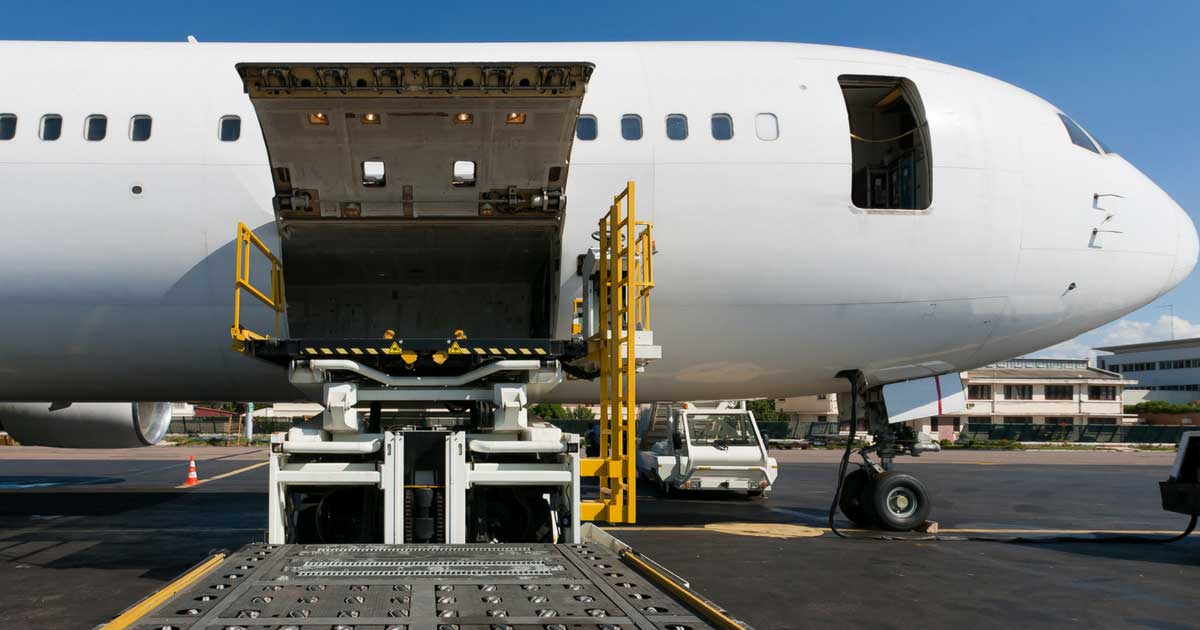The US Department of Transportation governs the transportation of hazardous materials in America. They provide guidance on how hazardous materials are handled and stored during their transportation in air, water, rail and road.
Transportation of hazardous materials through an aircraft is governed by 49 CFR under the US Department of Transportation.
49 CFR is tasked with ensuring the safe handling, loading and transportation of hazardous materials in planes, whether commercial, cargo or private. Without taking proper caution, it could lead to fire, death and even plane crashes. It is for this reason that pilots and plane crew are required to take aviation hazmat training.

Hazardous Material Regulations
Although hazardous materials are handled under the Transportation Department, the Federal Aviation Administration conducts a regular inspection to ensure that dangerous material transportation guidelines have been followed.
Failure to comply can lead to severe consequences for both the aircraft crew members and even the luggage owner. It could lead to penalties not exceeding $79,979 for civil suits and fines not exceeding $250,000 for individuals and $500,000 for a corporation in case of a criminal suit. This is why pilots and aviation crew members need to take proper aviation hazmat training.
According to Part 172.101, hazardous materials have been classified according to the level of danger they pose to the general public. Several everyday products are classified as dangerous by the Federal Hazardous Materials Regulations and can get you in trouble or even cause death when not handled properly.
Classification of Hazardous Materials
A shipment crew’s part of the job requires them to classify hazardous materials accordingly. It makes it easier for loaders, pilots and first responders to identify materials that need extra precaution when handling. It also helps first responders, when handling an emergency, quickly identify the cause of a problem.
Airplane crew members, pilots, and loaders must take mandatory aviation hazmat training to ensure the wrong labelling of hazardous materials brings no confusion.
Below are the nine classes of hazardous materials and their examples;
- Explosive
This category contains materials that can easily detonate. Materials in this category are the most dangerous and require all those handling them to do so with caution. They include materials such as ammunition and fireworks.
Large amounts of ammunition are not allowed on board either private or commercial aircraft. However, small quantities are allowed as long as they are packed in material such as wood, metal, fibre or manufacturing packaging designed for that purpose.
- Gases
Gases are any substances in the gaseous state at normal atmospheric pressure. They include compressed gases and rank as the second most dangerous substances to transport. Materials in this category include aerosols and compressed gases.
Pepper spray is classified under this category, and you are only allowed to carry one in a checked bag. It should have a mechanism against self-release.
- Flammable Liquids
These are liquids, liquid mixtures or liquids containing solids in suspension or solution that emit flammable gases at specific temperatures.
Materials in this category include gasoline, paints and alcohol. These substances are usually permitted on-board private aircraft but must be packed and loaded by people who have taken proper aviation hazmat training.
- Flammable Solids
These are solid materials that can undergo combustion during normal transportation. They include matches and processed metals. Matches that can be lit on any surface are not allowed aboard aircraft to avoid unnecessary fires.
- Oxidizing Substances
These are substances that produce oxygen when burning. They include the most common fertilizers.
- Toxic Substances and Infectious Substances
Toxic substances can cause bodily harm when ingested, inhaled, or exposed to the skin. These substances are not common and can’t be easily found in everyday materials. Examples include biological material, acids, and dyes.
- Radioactive Material
These are materials that contain radioactive elements. These elements are hazardous and are usually transported by experts.
- Corrosives
These are substances that cause corrosion when they come into contact with other materials.
- Miscellaneous Hazardous Materials
These are any hazardous materials that do not fall into any of the above categories but are still dangerous. Typical items in this category include; dry ice and lithium-ion batteries.
Dry ice in large concentration can lead to suffocation, especially in confined spaces. A lithium-ion battery is only allowed on board if stored in carry-on bags or inside the devices they power.
Conclusion
It is necessary to know the substances which are deemed hazardous and the procedure required to carry them. For aircraft crew member’s hazmat training is mandatory to help them maintain high flying safety standards. It will also make it easy for them to identify and warn passengers of hazardous materials.

